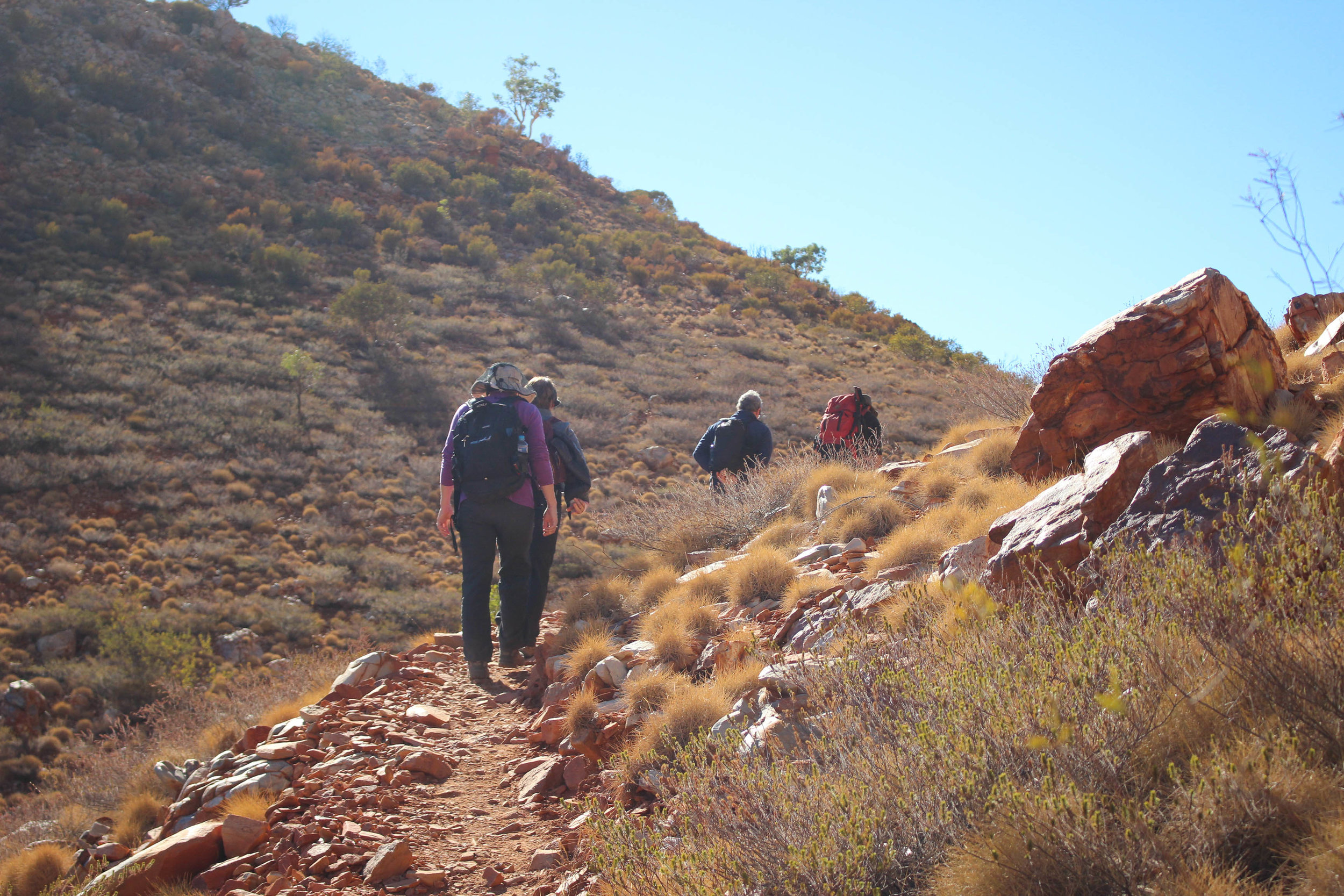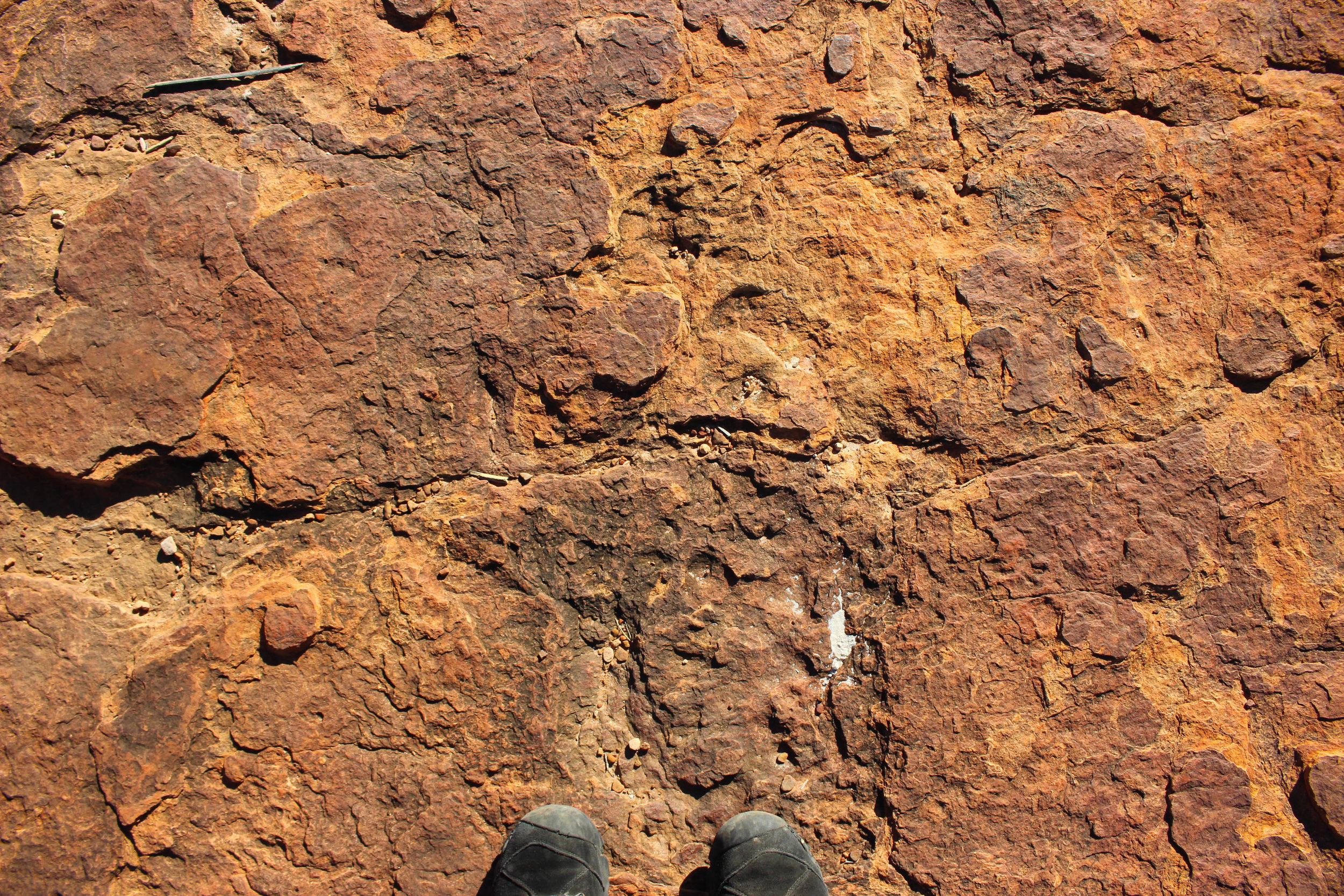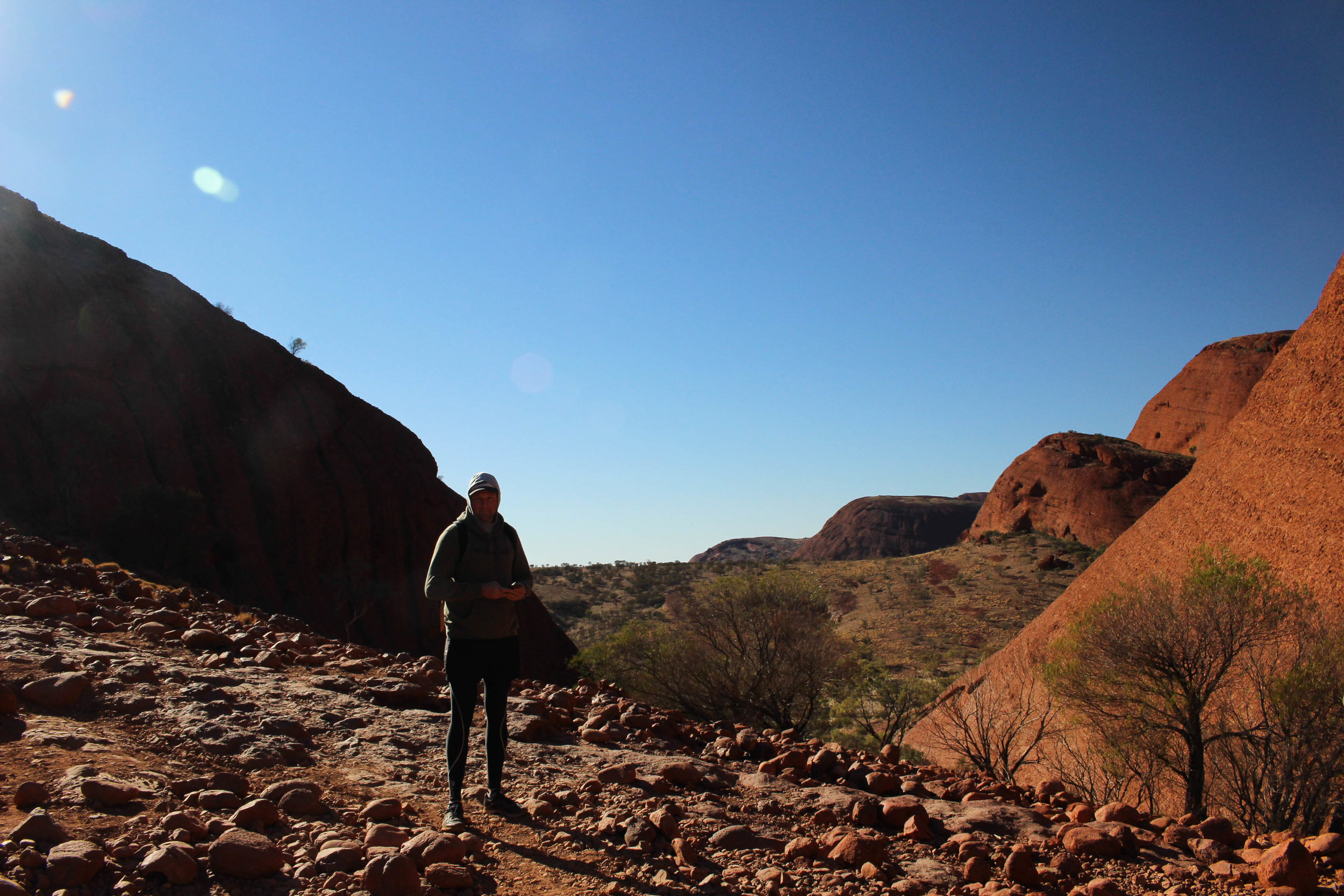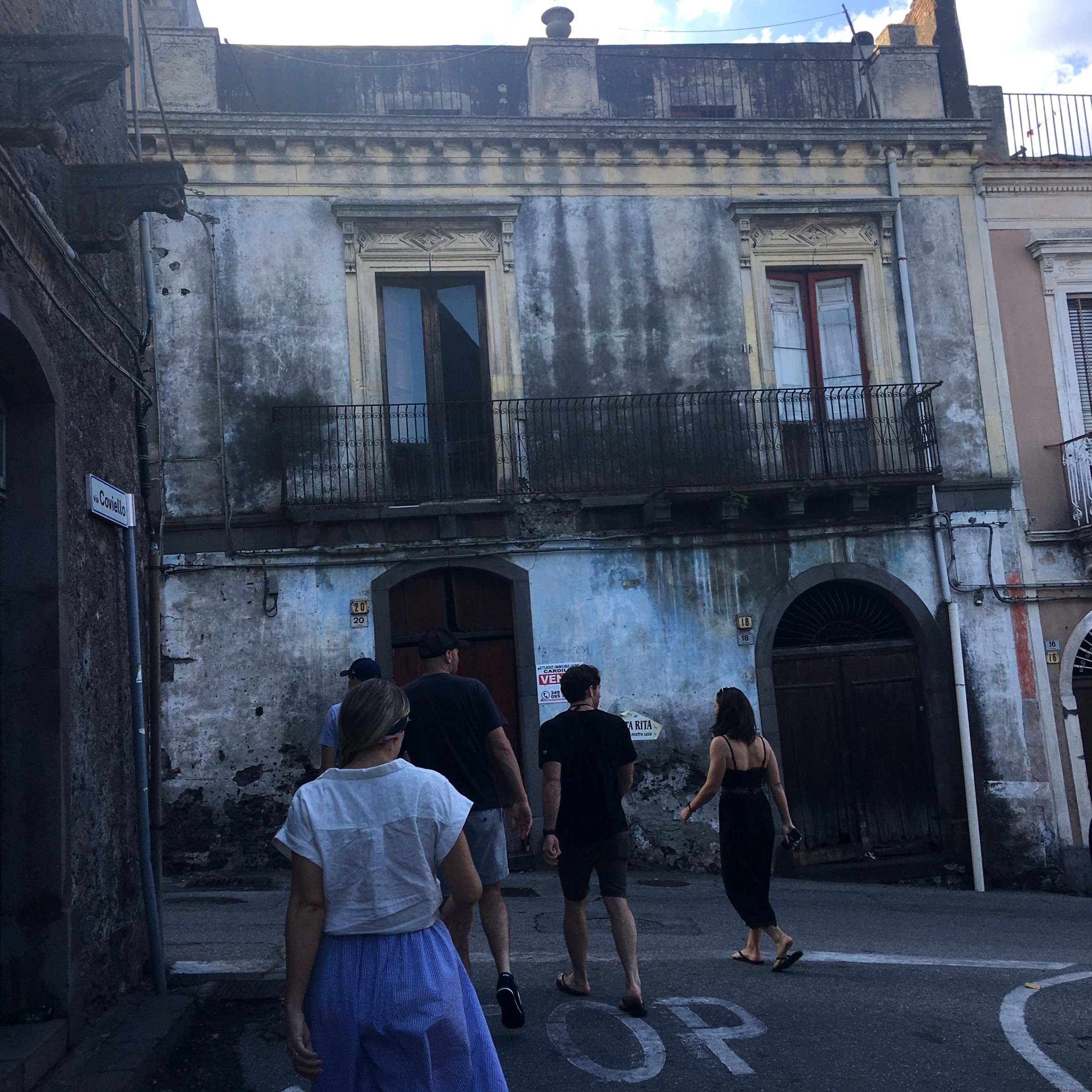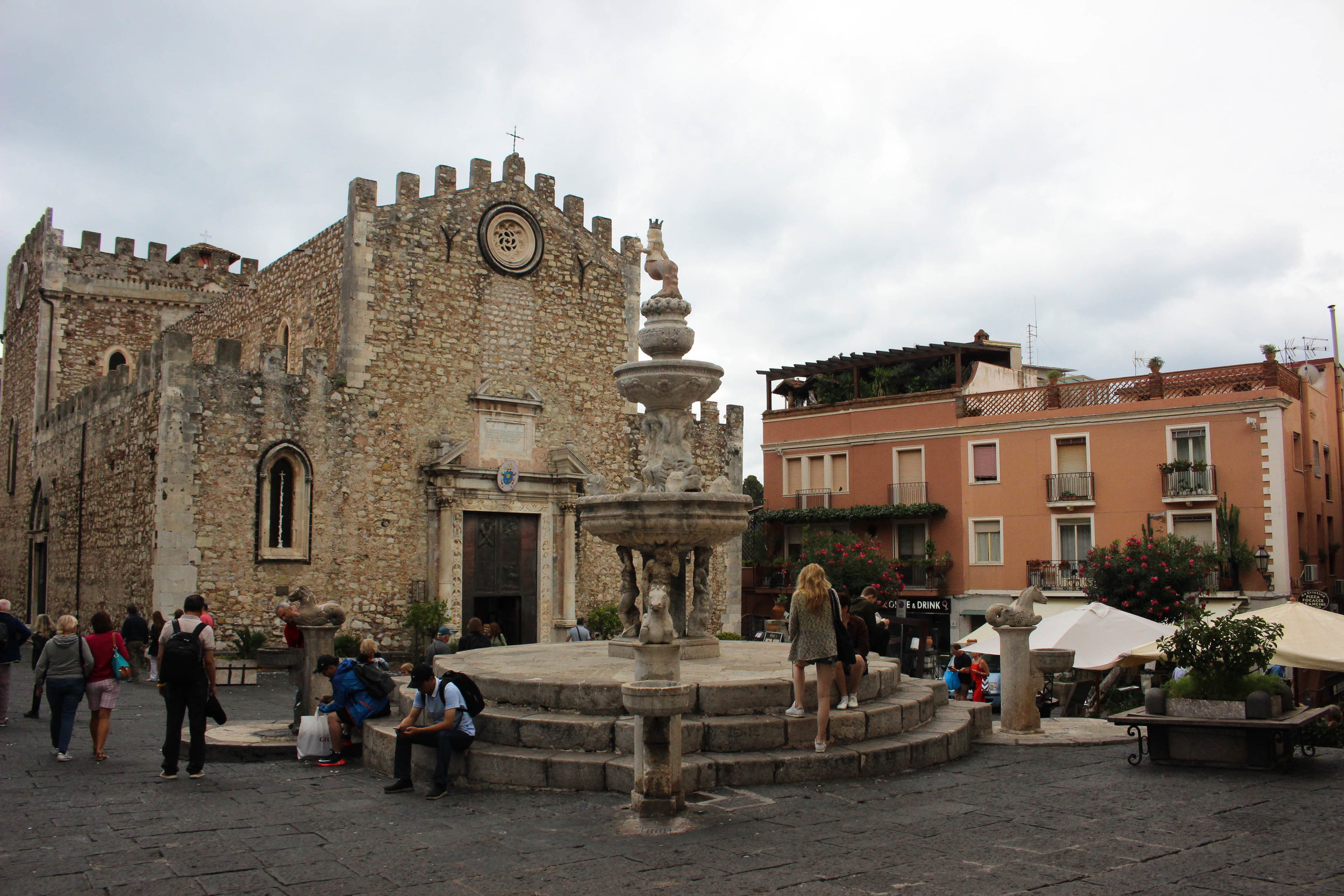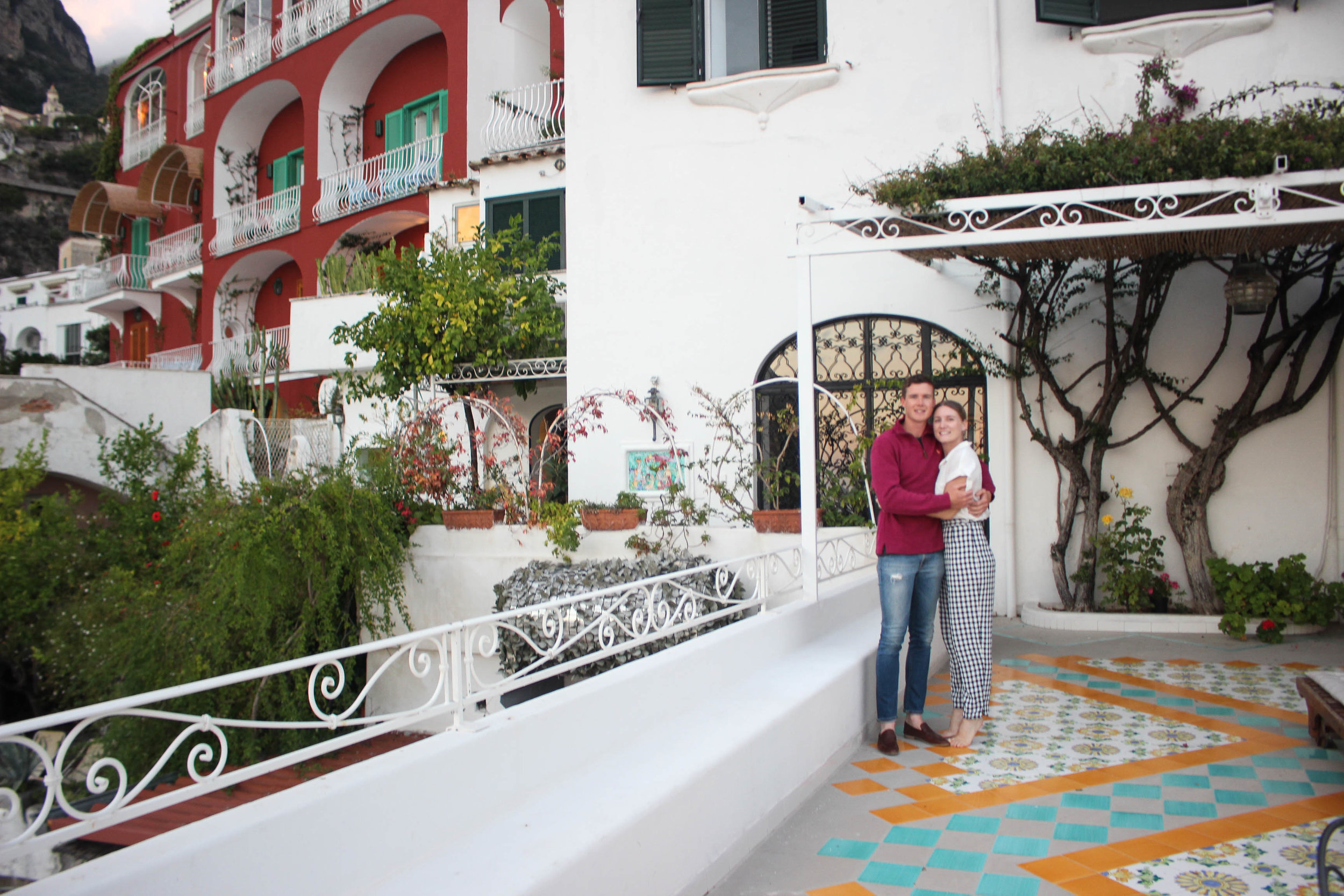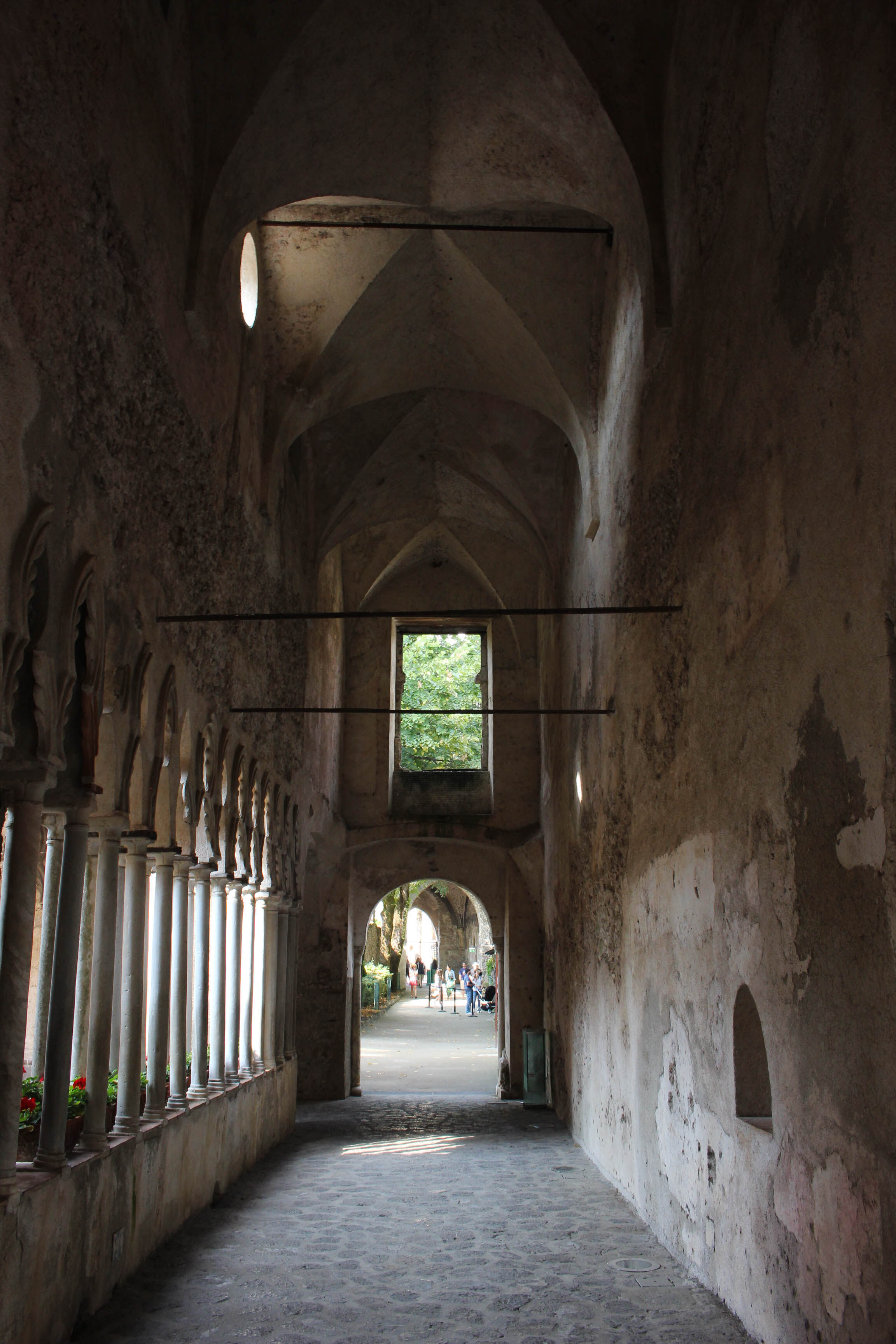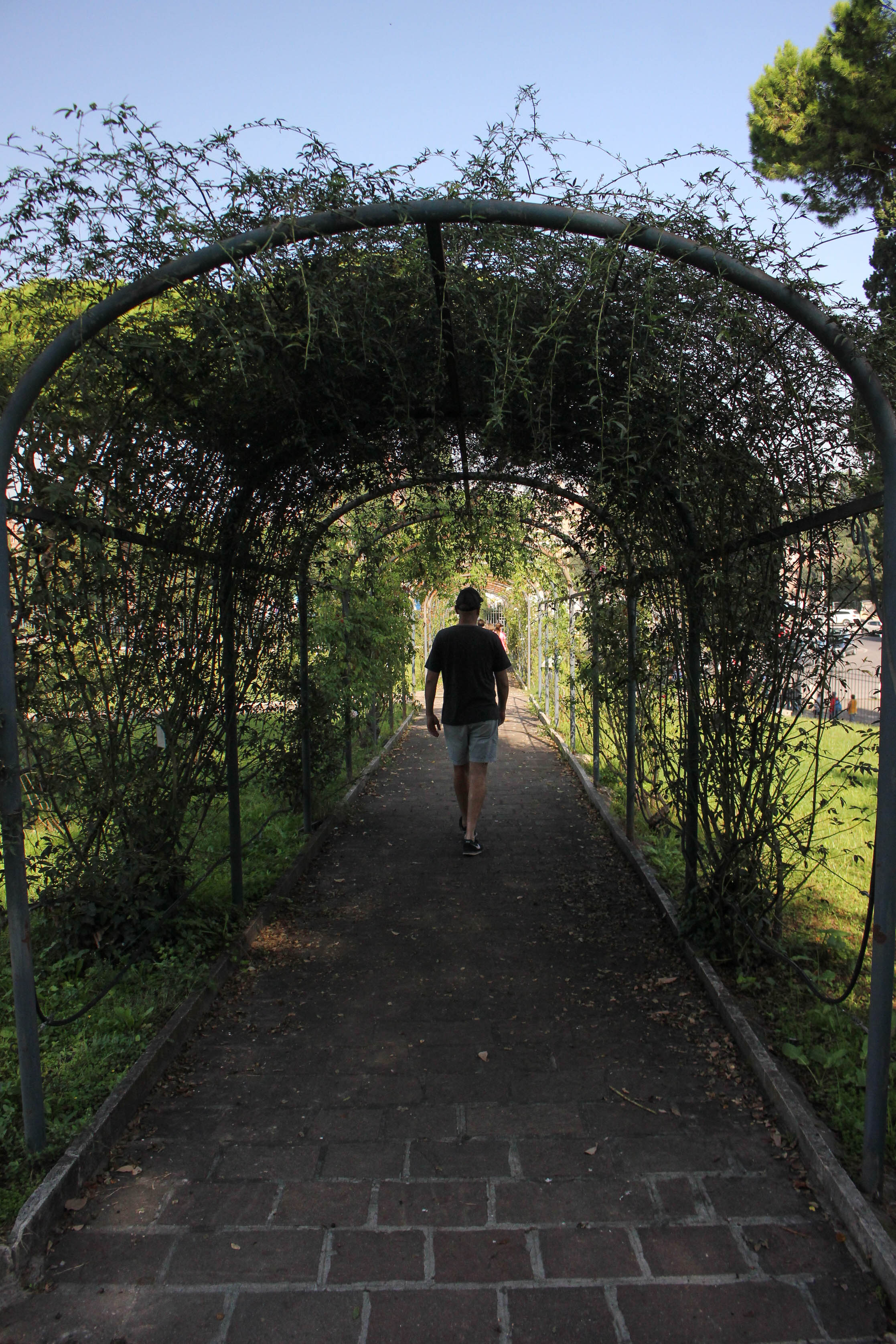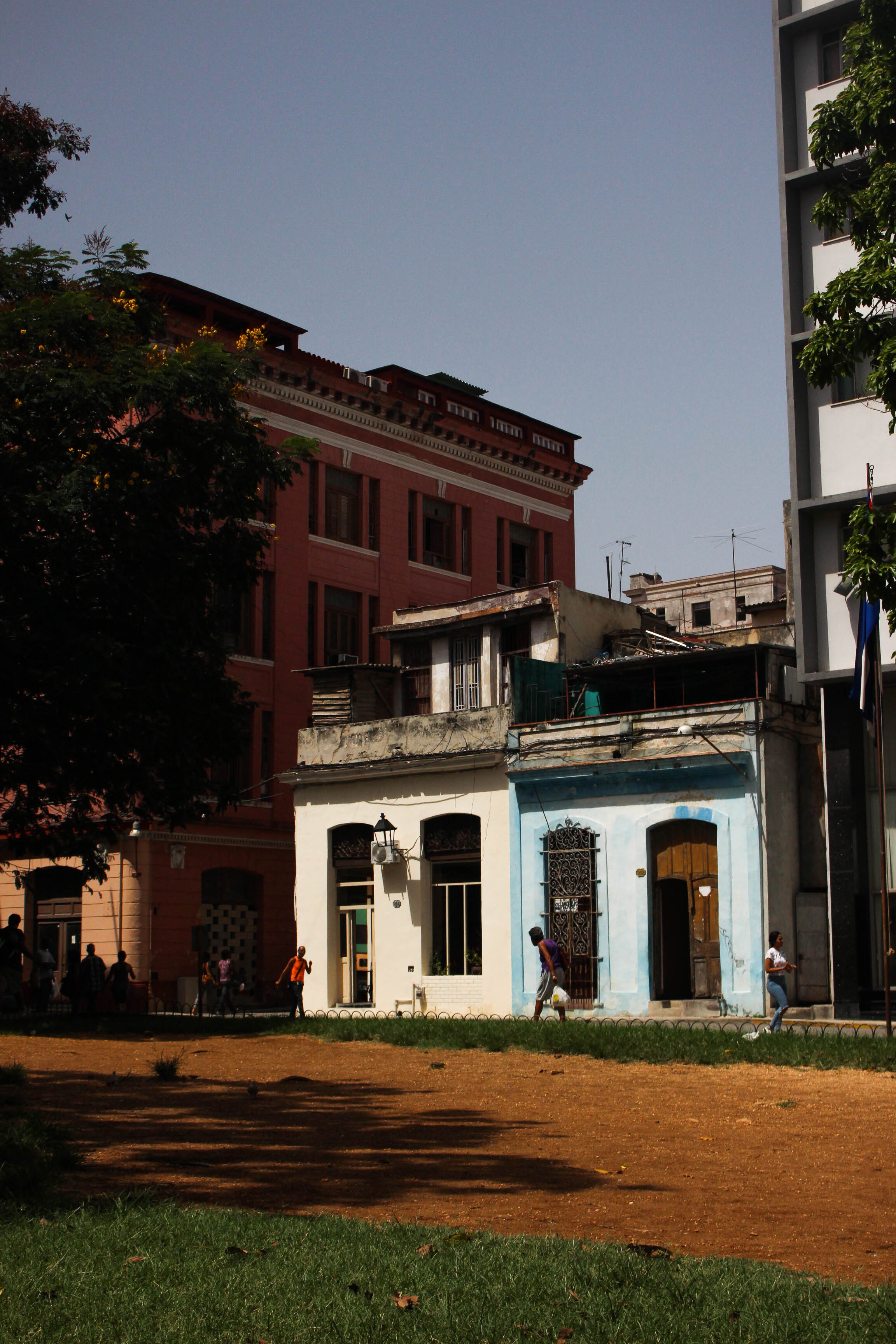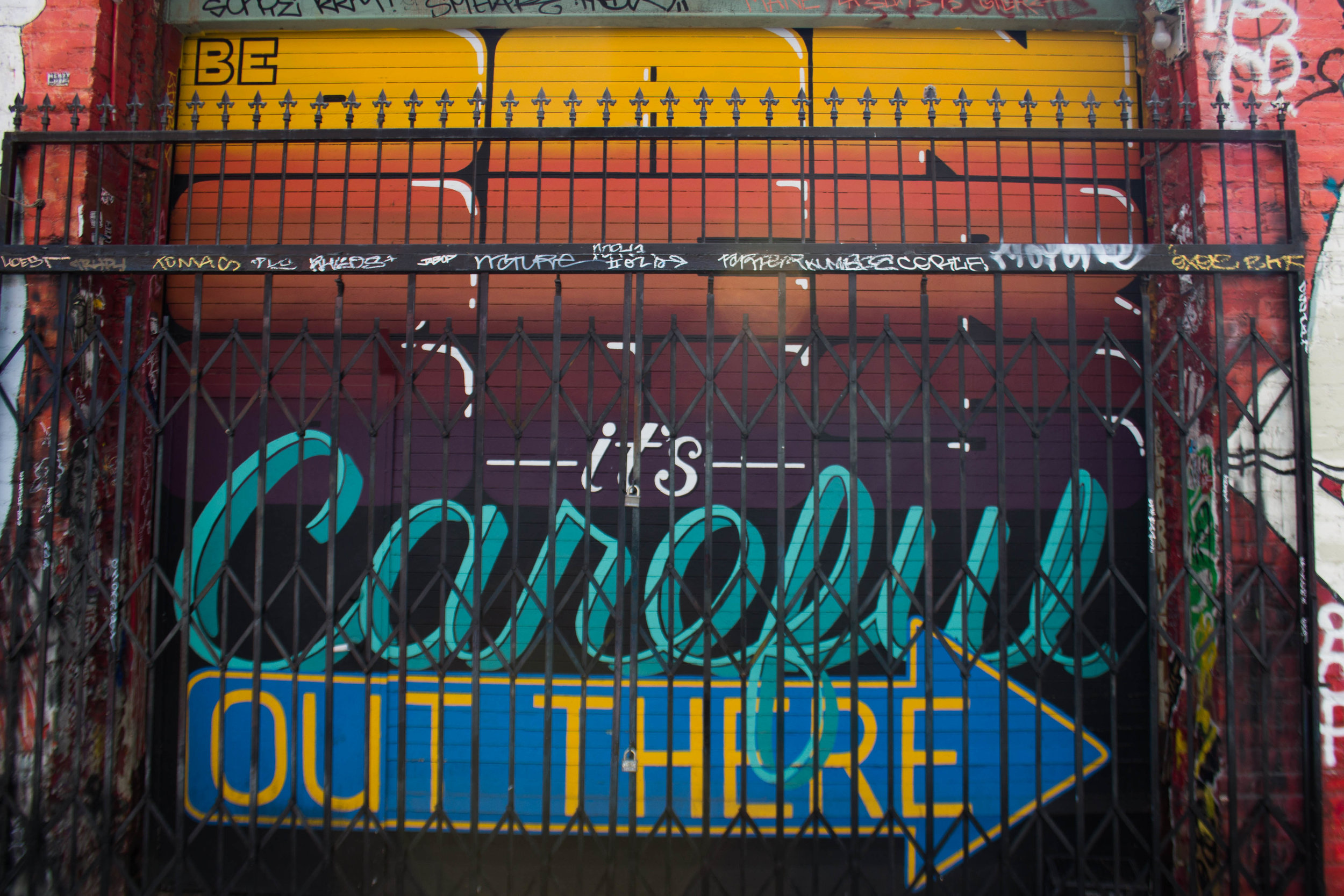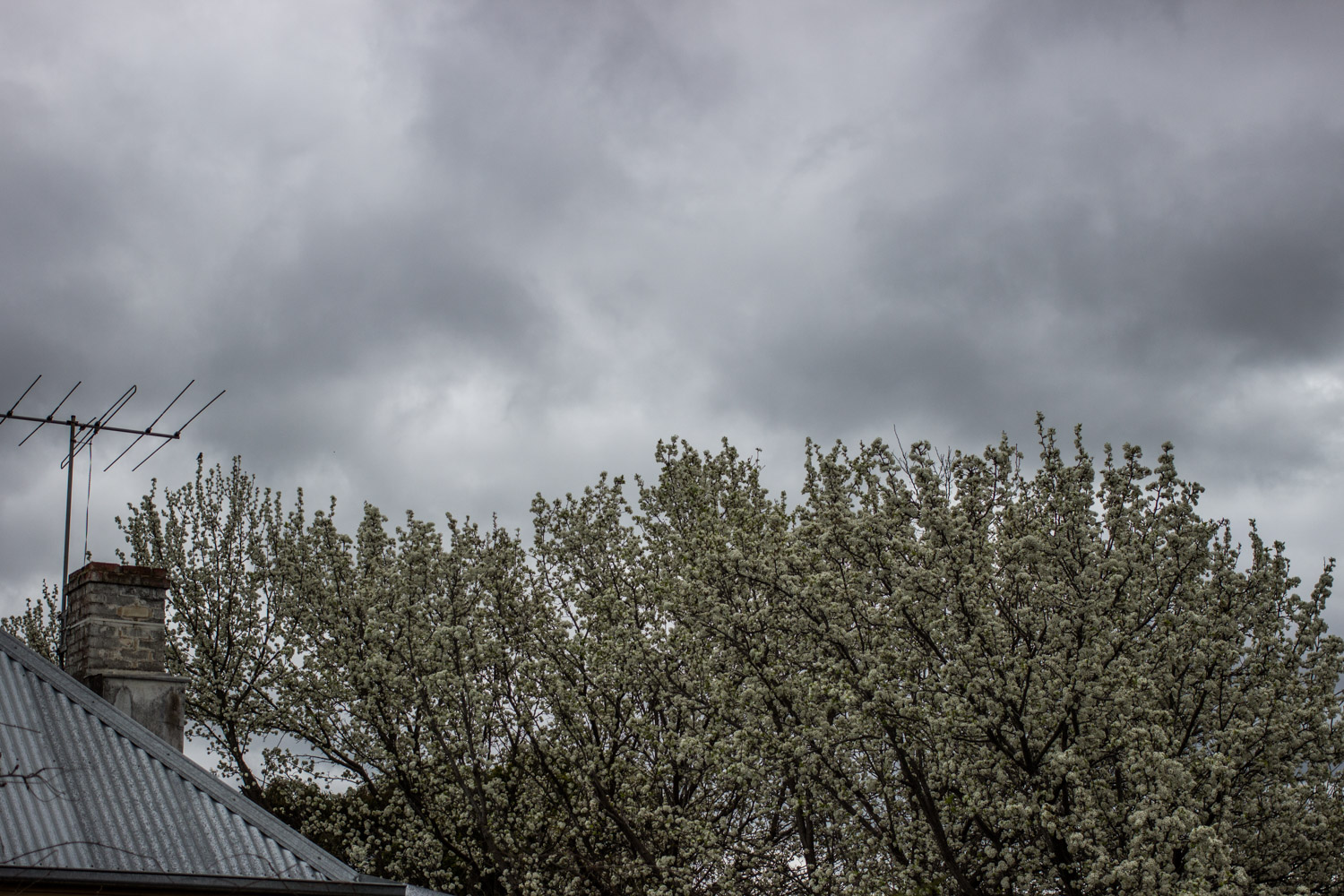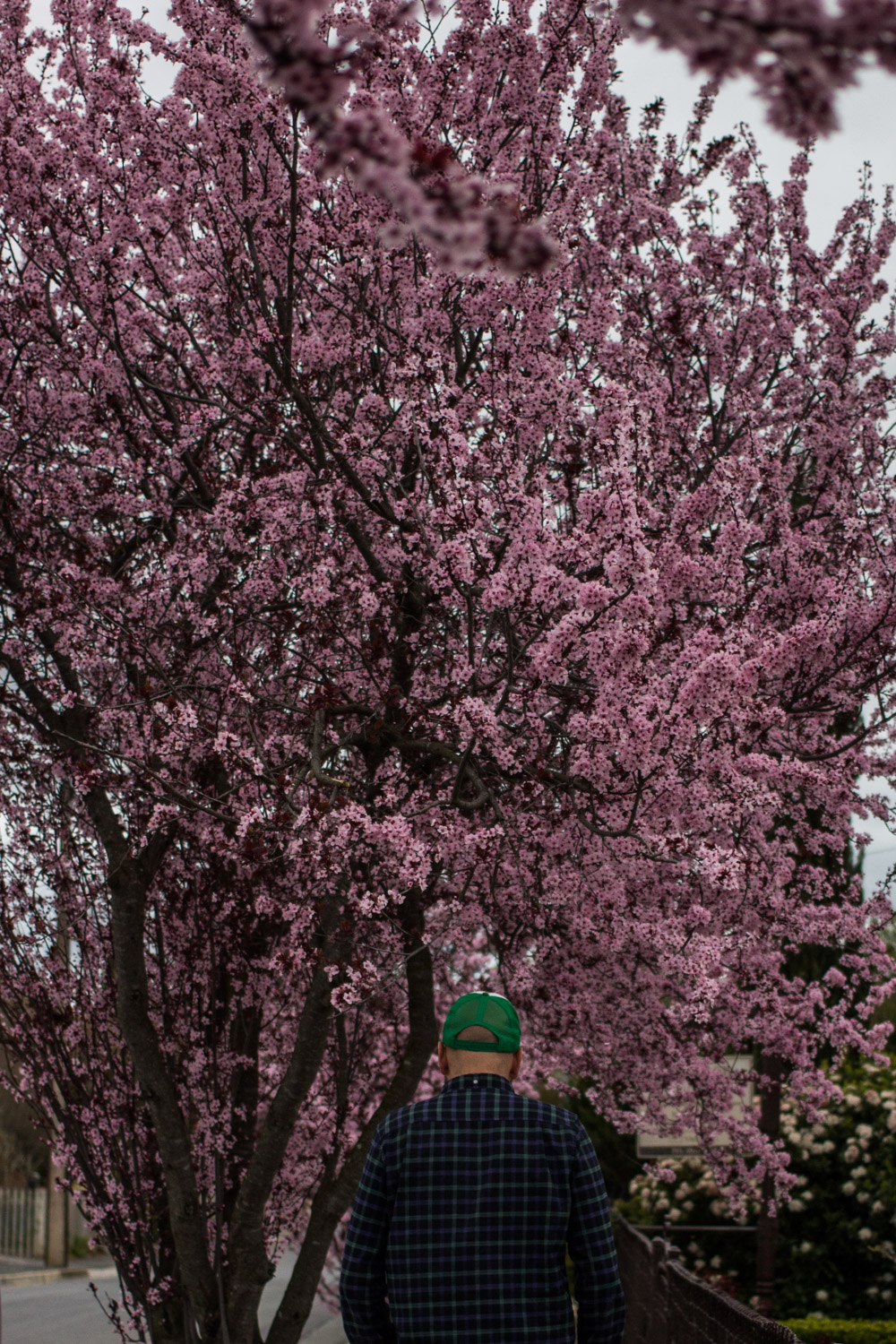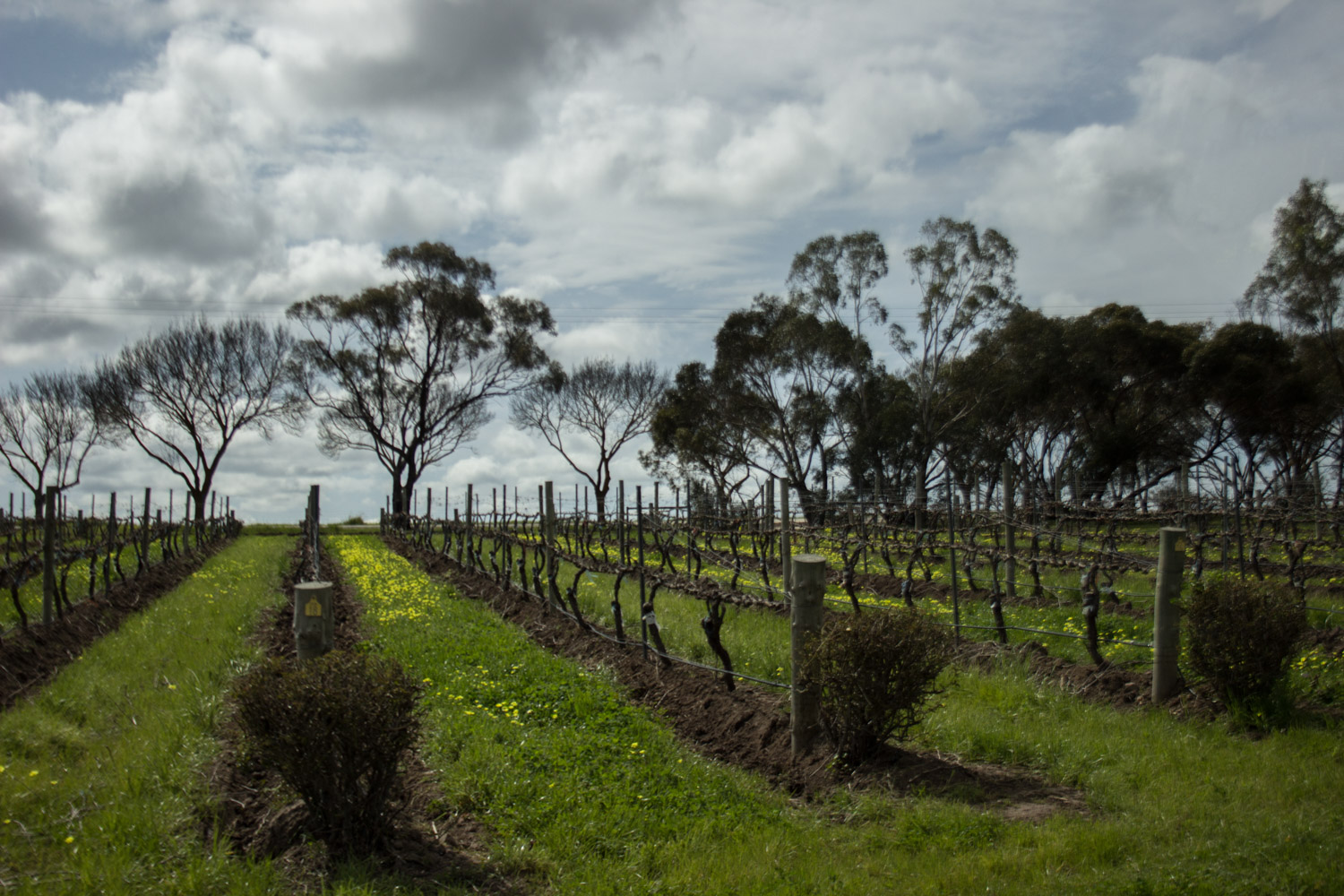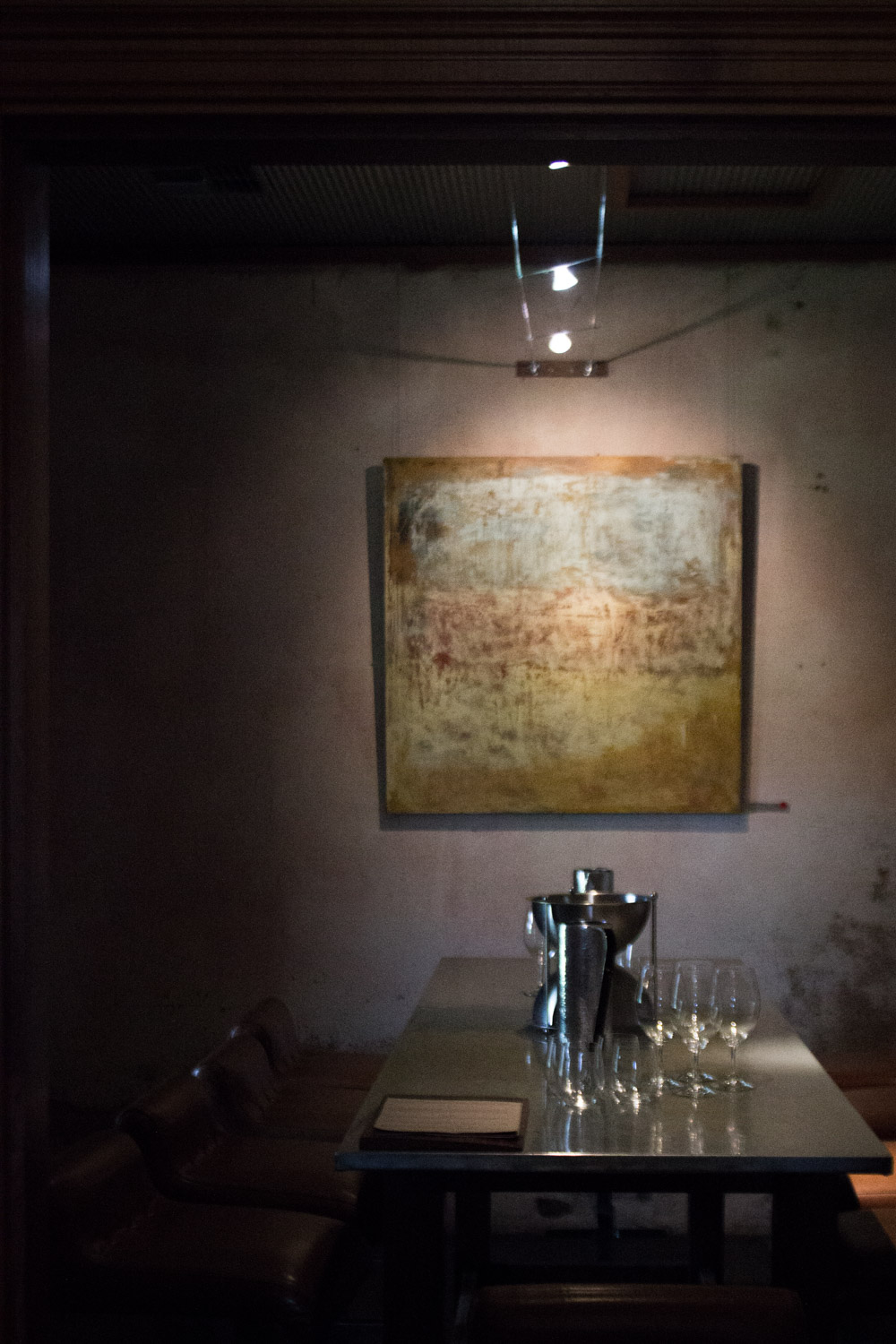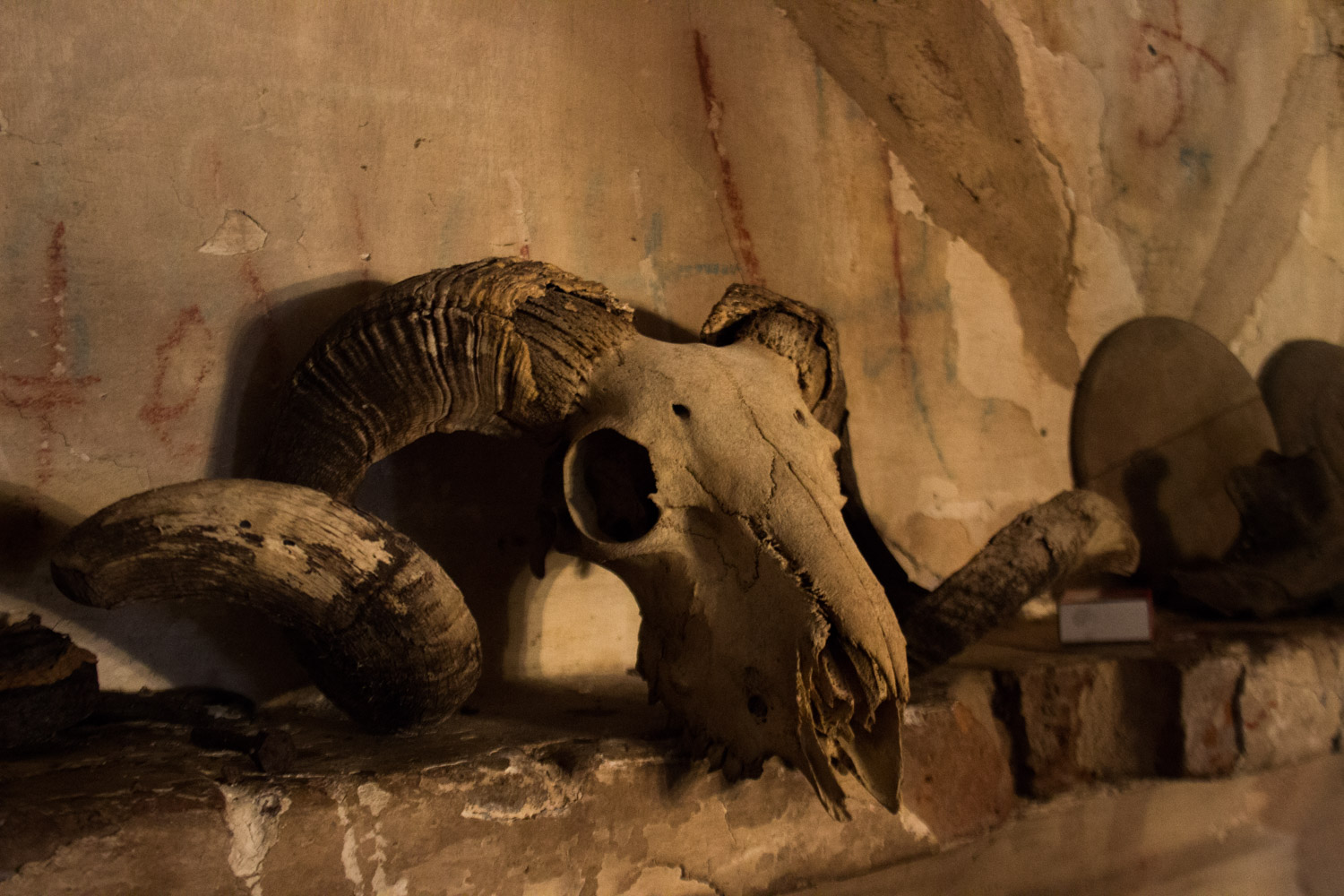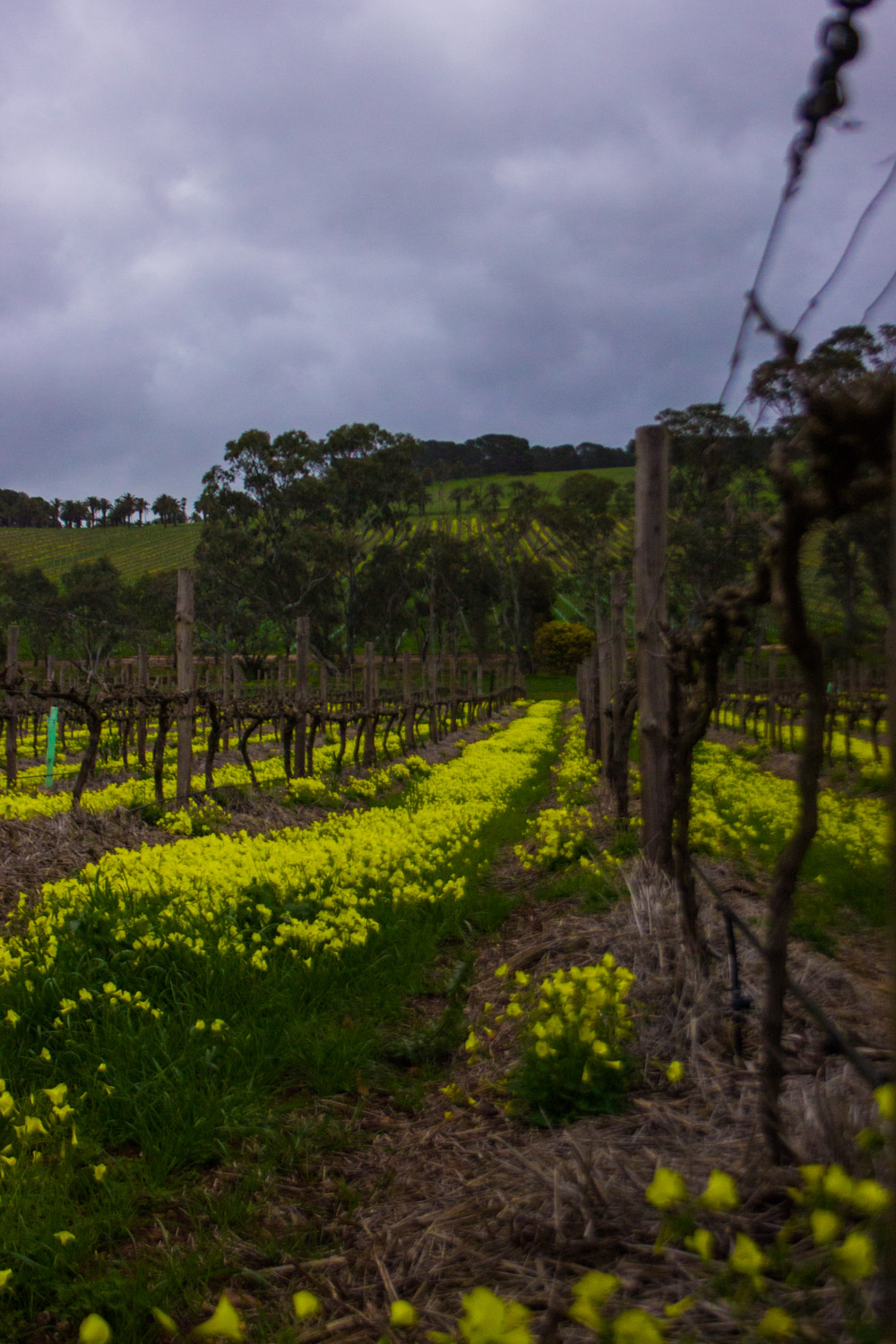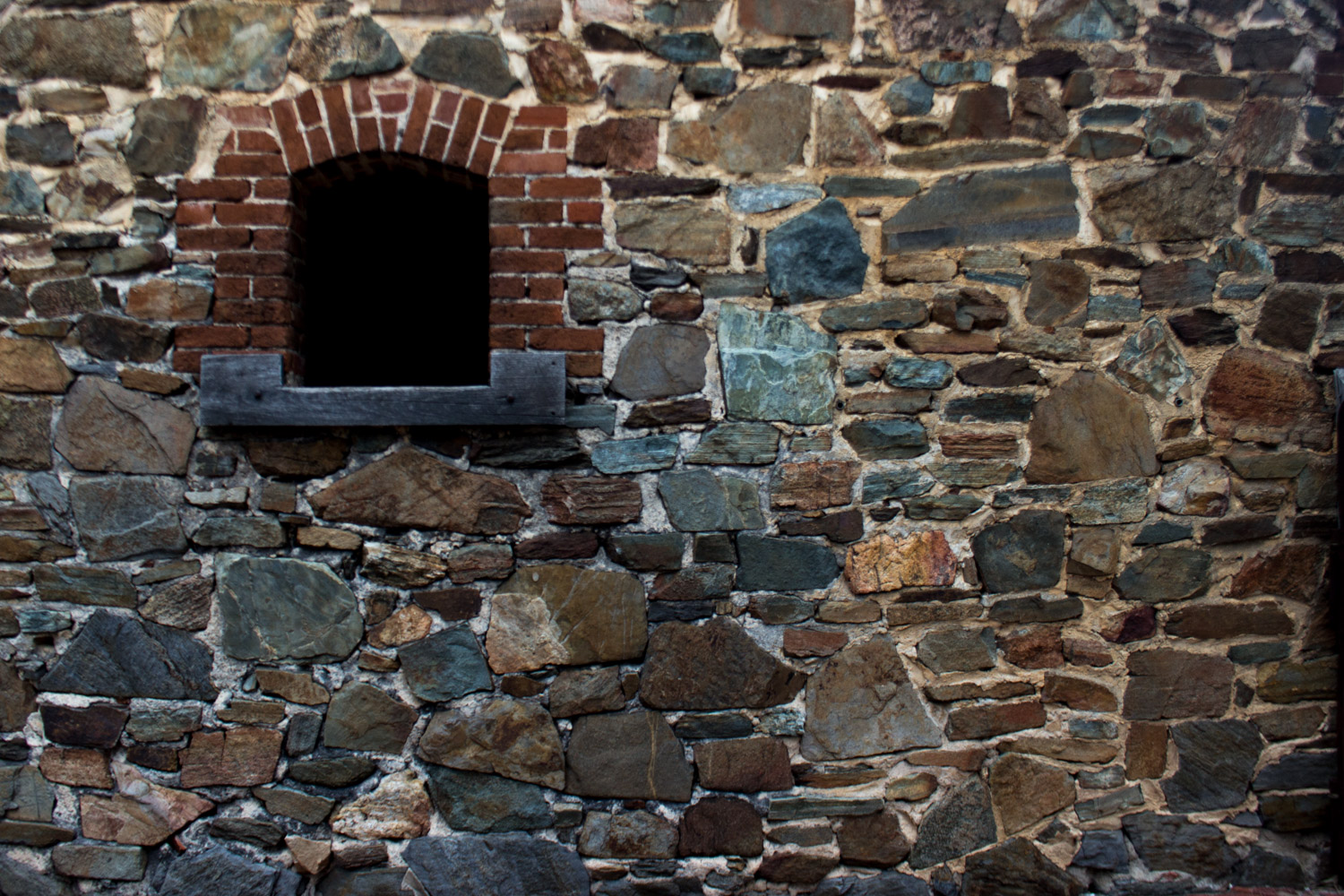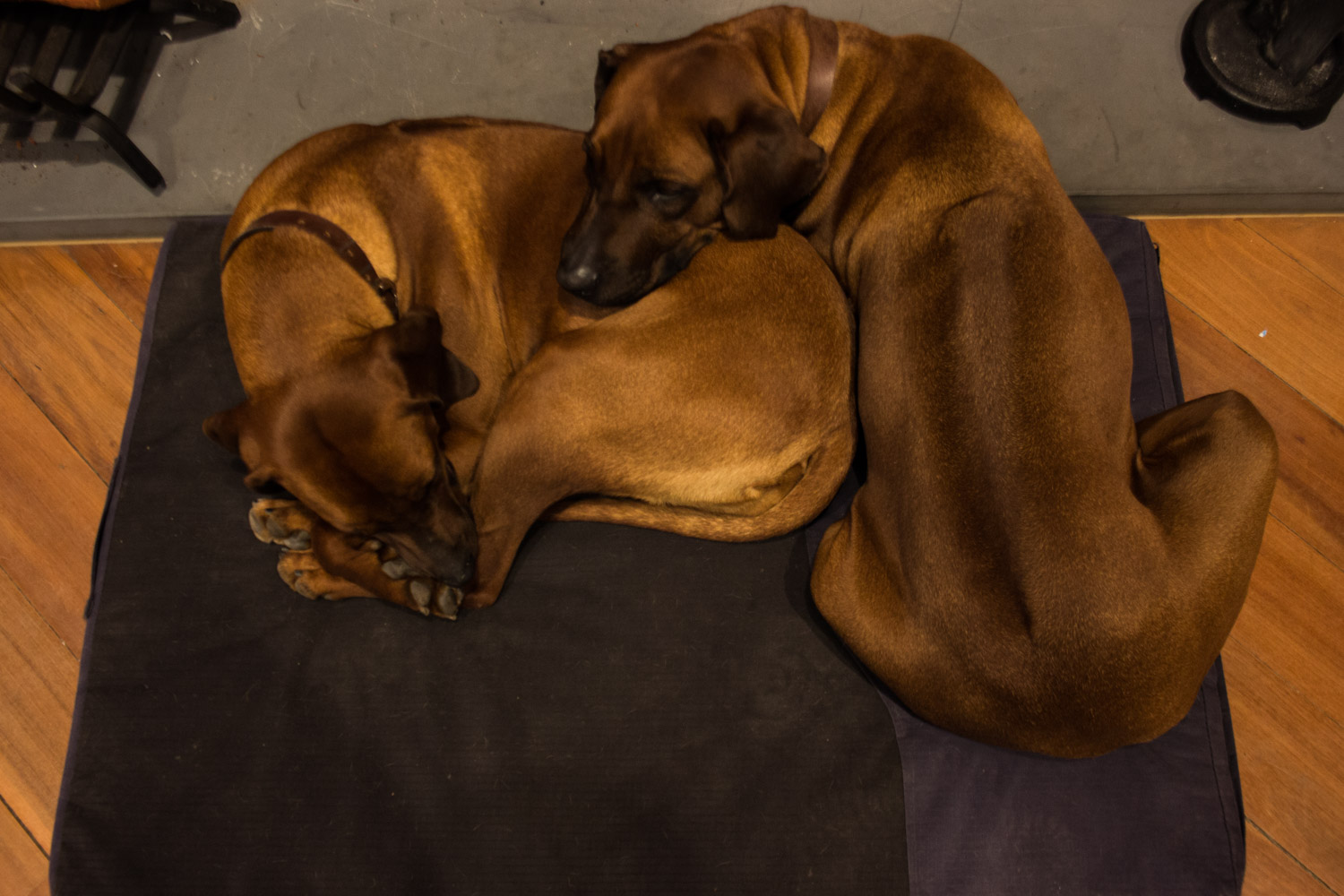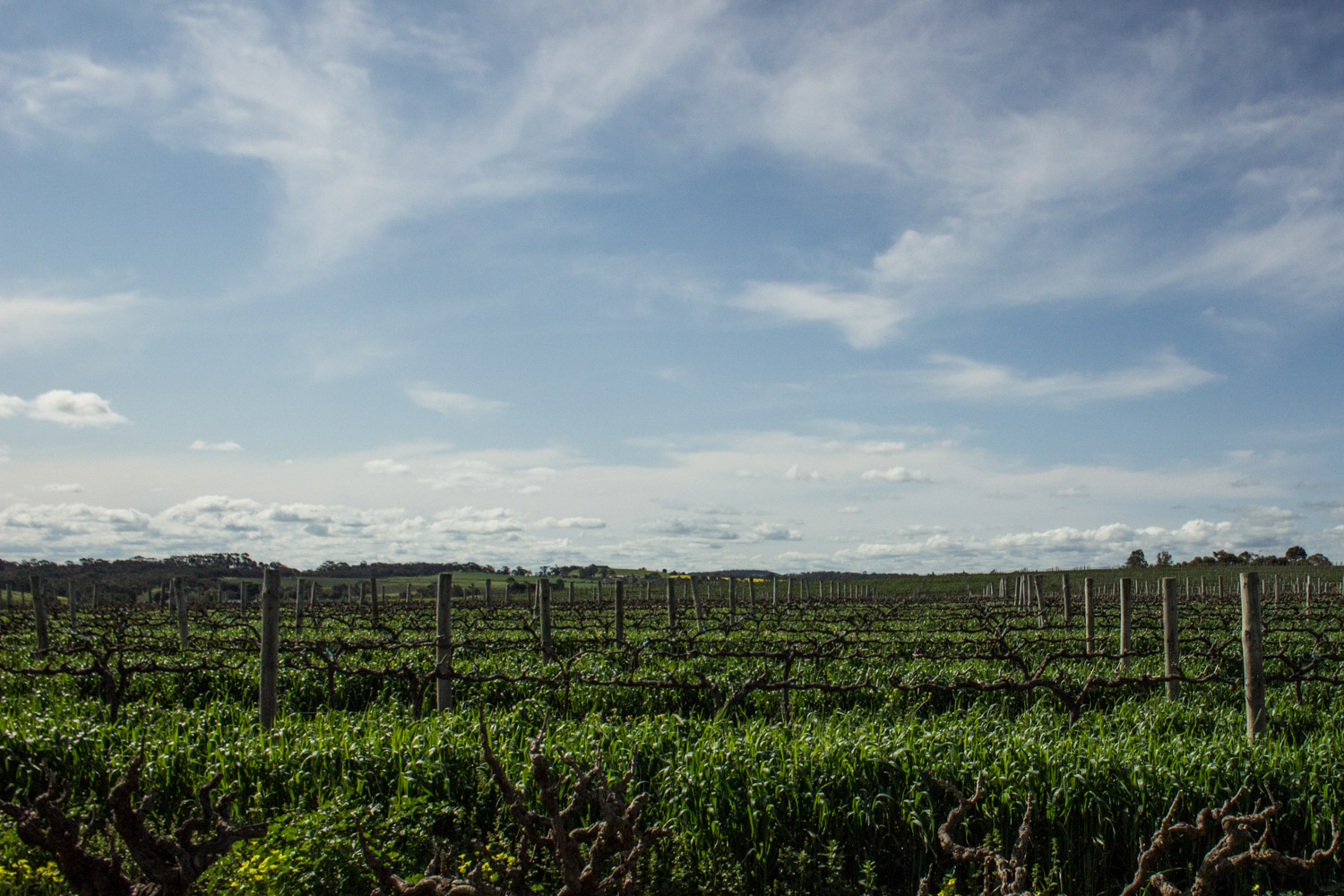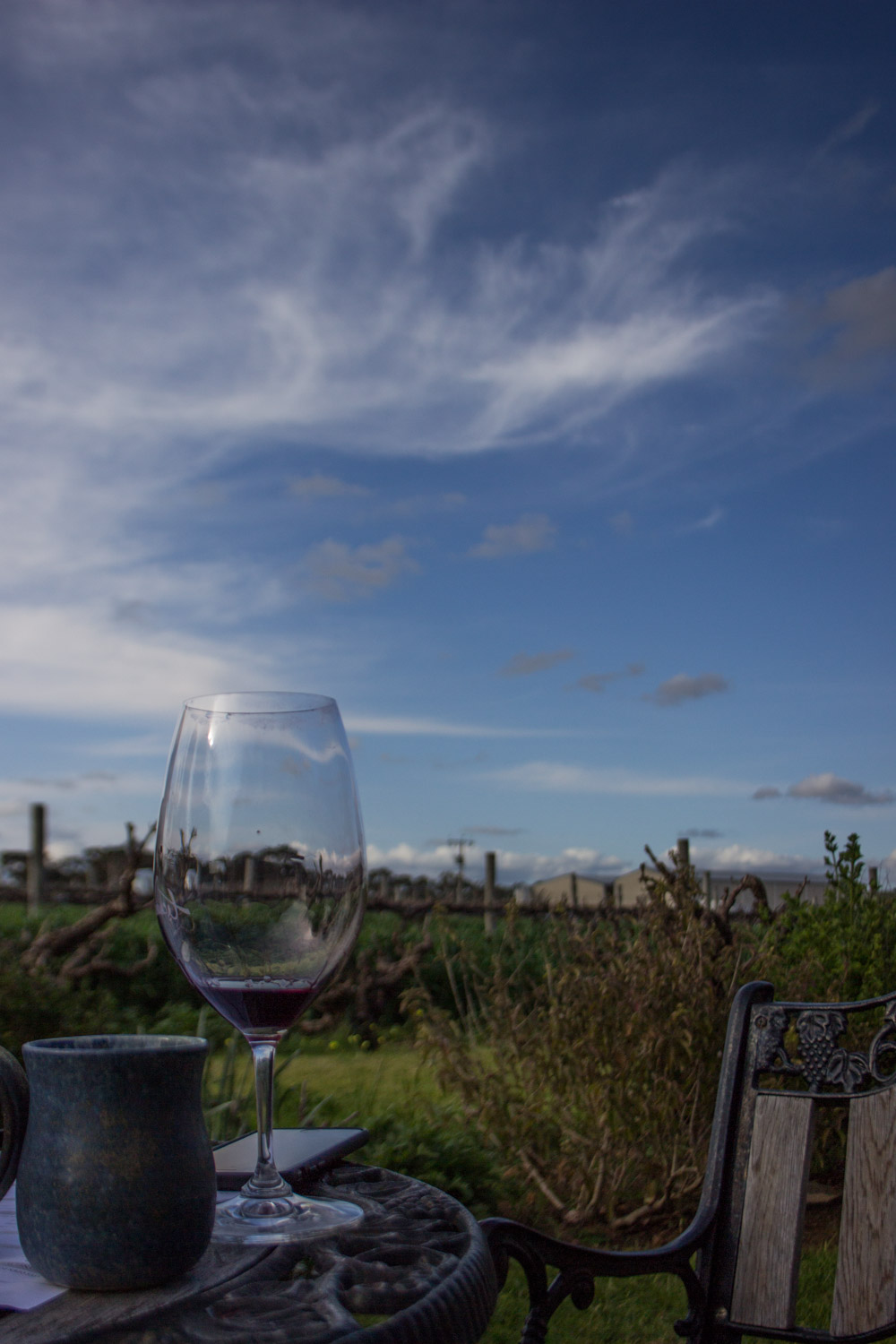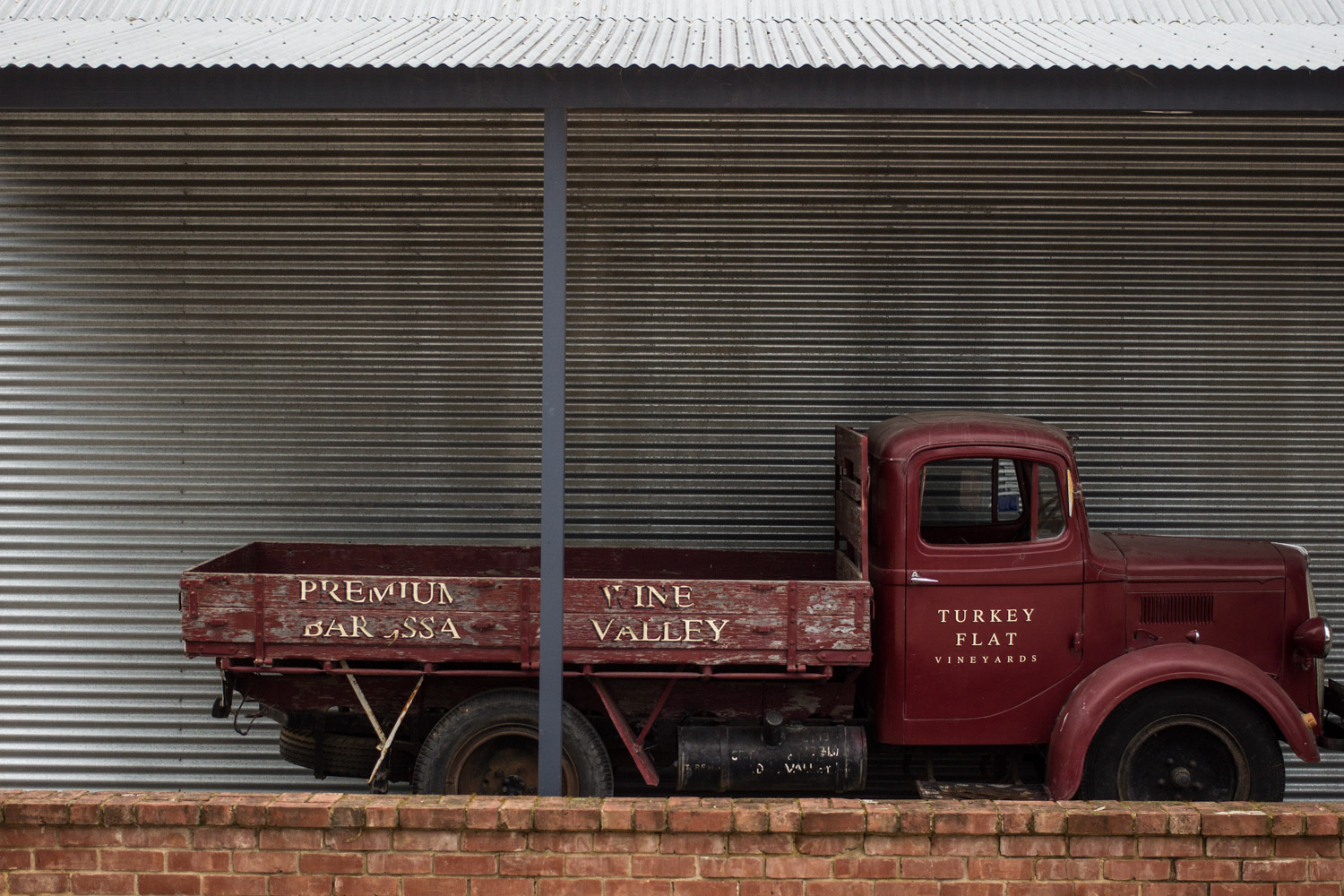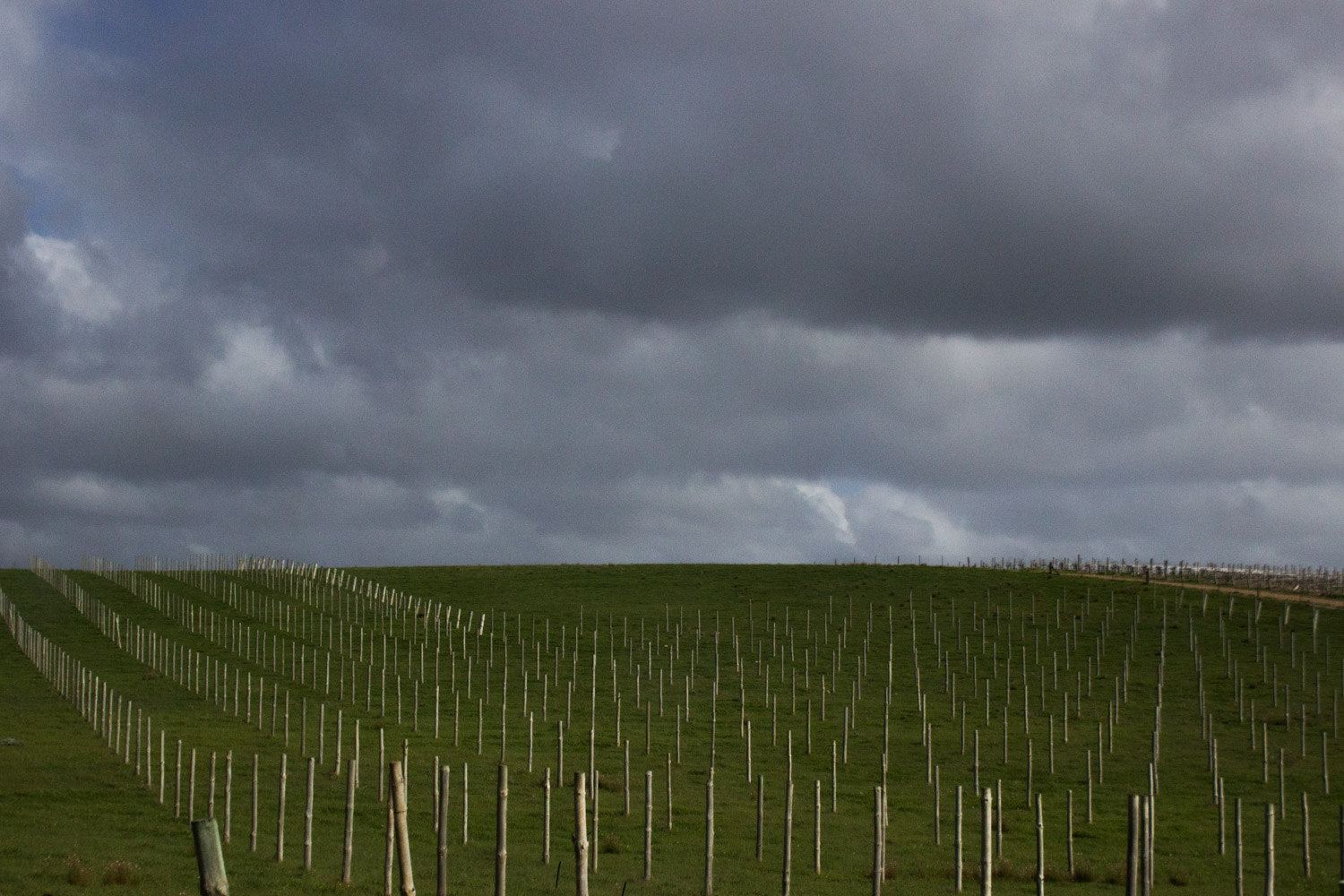Every time I have an international visitor / friend staying with us in Melbourne, I’m quite jealous of their adventures to parts of my own country I’ve never visited.
For that reason (and so many more) our visit to the Red Centre in June felt so long overdue.
Following our gentle foray into hiking holidays with our trip to Maria Island 18 months ago (where it rained THE WHOLE WEEKEND and therefore there are very few photos to prove we ever went and had the best time ever), my mum was very keen to take us girls on another holiday that didn’t involve churches, watching people drink wine or disagreements about each day’s itinerary.
Through a very tenuous personal link, she came across the idea of hiking with a company called Epicurious Travel. Sue will very happily admit she’s far more keen on camping if there’s gourmet food involved… Especially if she can drag a few people into joining her (in this case - Gretta, Dad, Marcus and I).
Hiking the Larapinta TRAIL
I’m kind of ashamed to admit that I didn’t really know much about the Larapinta trail before we talked about hiking it. In the end, this 220km stretch of walking track along the West Macdonnell Ranges - starting at Alice Springs in the east and finishing at Mount Sonder in the west - is pretty incredible.
Unfortunately for us (and photos) a good section of the trail is scarred from bushfires in January and February this year. The stark landscape combined with good sections of scorched earth mean there are areas that feel really eerie and kind of alien.
But there are also so many stretches of vast skyline and rugged geography that are unbelievably beautiful.
Oasis
Maybe as a result of the land feeling extra parched (even for a desert), it was such a pleasure when we found these beautiful oases of calm and cool. Water completely brings the desert to life, and after kilometres of sparse, stark earth, these lush green spots felt like such a relief…
Each day, we would walk from breakfast until mid afternoon. We would wander through landscapes that were interchangeably beautiful, desolate, vast, craggy, lush, and harsh. Some sections were flat, some were hugely steep. Some sections were loose underfoot, some were sharp, some were sandy.
The days sure as hell were more varied than my usual day to day - and that is a wonderful thing.
Ormiston Gorge
Unfortunately for me (but probably fortunately for everyone who had to listen to me incessantly blowing my nose and complaining about it) I didn’t do the hike to the top of Mount Sonder for sunrise.
Instead, the photographic highlight of our time on the trail for me was at the end of our last day of hiking - wandering through beautiful Ormiston Gorge with the most incredible colours on full display.
God the world is amazing…
Our time on the trail was really rather lovely (blisters aside). The fact that this amazing natural wonder exists in the middle of our huge country. I’m really pleased that sections of traditional owner management seems to work, and that there seems to be a real sense of respect and stewardship.
I wish though that we’d found out a little bit more about how this all works - and that I spent less time looking down at my feet as I tried not to fall on my bum. A good metaphor for real life, I guess.
King’s Canyon
After 6 days on the trail, we headed toward Uluru. The drive is long, but has in its favour the possibility of a stop at the incredible King’s Canyon.
This place is unlike anything I’ve seen. The shapes, colours, shadows and curves.
Uluru and Kata Tjuta
Really, visiting the national park at the heart of our country is a pilgrimage every Australian should make.
But be warned that when you do, you’re fighting a good number of tourists to get there. For such a beautiful spiritual place, they sure have managed to make the surrounding township feel like an American resort destination. I just don’t know if hooning around the rock on a segueway is really the best way to understand its spiritual significance…
The rock itself is pretty spectacular - with nuances and textures the whole way around, and so many stories and histories woven through it. The geological forces at play when Uluru, Kata Tjuta, King’s Canyon and Ormiston Gorge kind of blows my mind and reminds me why I wanted to be a geologist for about five minutes during high school - it is such a fascinating way to look at the world.
Despite listening to lots of information about the Uluru Statement from the Heart on our drive to stay just nearby, I don’t feel like my time there really gave me a good handle on the significance of the rock in the broader sense. I know the current co-management arrangement between the National Park and the Traditional Owners is considered a great success story which is amazing, but I would love to know how the local indigenous people feel about the luxury hotels just down the road from their most sacred place.
That said, the Cultural Centre in the park is well set up and contains a lot of information and hence well worth a visit. It sounds like a lot of effort was made to make sure this space was co-designed so that this important information is shared with visitors in a way that is culturally sensitive.
I don’t know what I was expecting with this trip.
Maybe that because we were literally walking the curves of the landscape that we would have a better understanding of the place by the time we left than we might have with other destinations…?
Maybe that because this I have some idea of the cultural significance of this landscape that it would feel more profound than a trip to yet another quaint european town?
Maybe that my feeling of spiritual disconnect with Australia would be solved by landing in this place which is supposed to signify so much?
I posted while we were first looking at Uluru that it is an amazing spiritual landmark for a country that really doesn’t have a lot going on in terms of spirituality.
I think I was hoping for a sense of connection that I know is missing in my daily life, and I naively hoped this place might give it to me. In reality though, the way we live our lives is still very separate from the land we live on - and a few nights in a cold tent won’t change that.
As much as I can appreciate the strange aesthetic beauty of Central Australia, I kind of feel like I can only appreciate it in the same way I might a church or a historic town on any other trip.
Getting under the skin of a place is still going to take a whole lot more when we’re still white visitors to a land that isn’t ours.
For now, I feel a strange mix of guilt and luck that we get to walk on it though.






